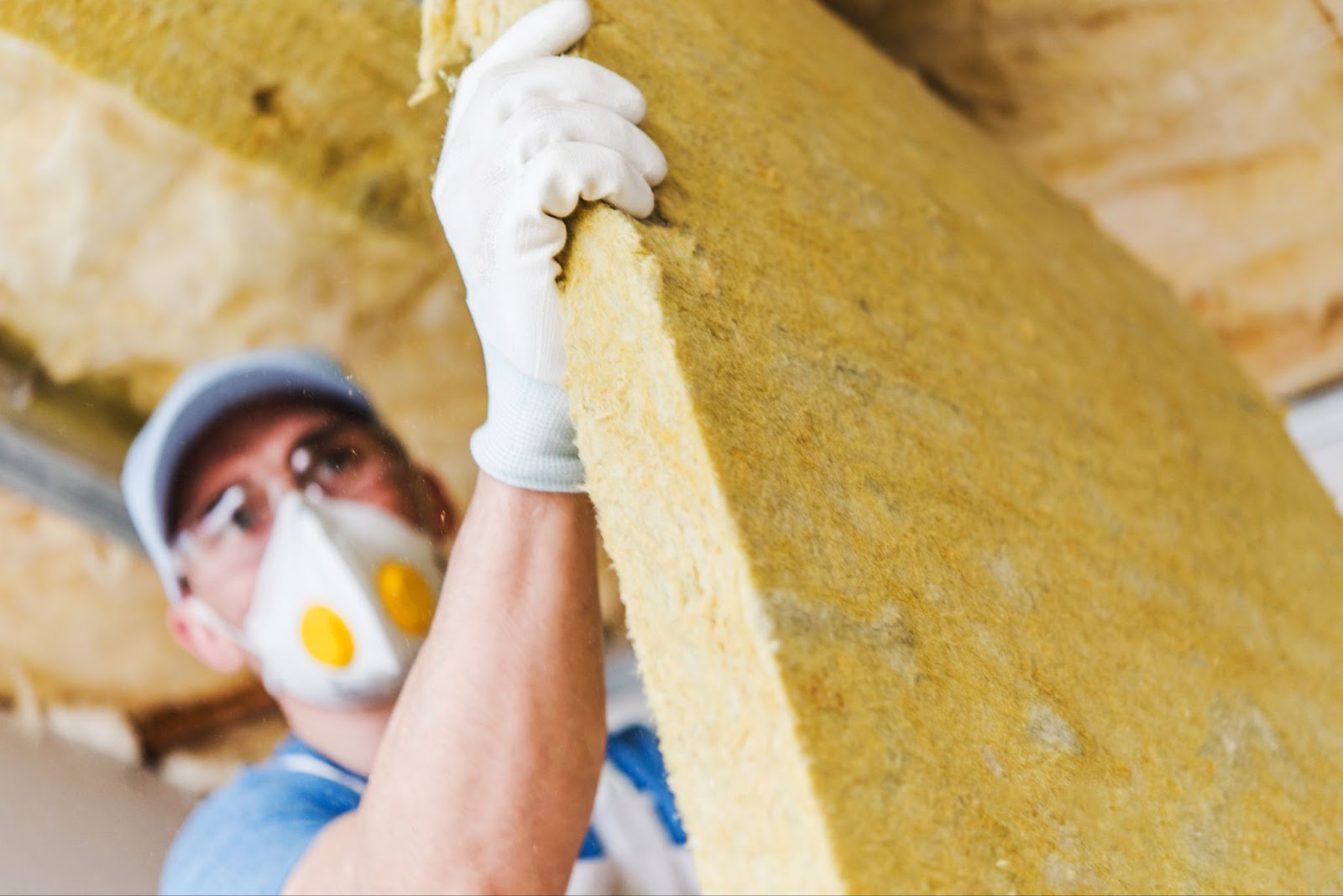Garage door insulation is a crucial part of home ownership. An insulated garage door will improve energy efficiency and aid in noise reduction. It will make your home environment more comfortable.
Not sure how to insulate a garage door? This article will provide a step-by-step guide and familiarize you with the required steps.
Benefits of Garage Door Insulation
Improved Energy Efficiency
Many garages are attached to the home. If they are not insulated, they will not help keep warm air in during the winter and cool air in during the summer. The home environment won’t be as comfortable, and your systems will work harder.
An insulated garage door will keep your home at a comfortable temperature. It will help you save energy and lower your heating bills.
Noise Reduction
Noise gets in through the cracks and crevices in your garage. It can infiltrate your attached home and cause a disturbance.
Garage door insulation will keep your home and garage quieter. It will create a more peaceful environment and help you sleep at night.
Good for Your Car and Other Stored Gear
Insulating a garage can also benefit homes that are not attached. They help protect your car and other gear stored in your garage.
Extreme heat and cold can be bad for your car. They can damage your tires, your battery, and your windshield wipers. They can also negatively affect your fluids.
Garage door insulation will maintain an even temperature and keep your car safe. It will also protect other items like bikes and lawnmowers.
Types of Insulation Materials
There are several types of insulation materials you can use in your garage. They include:
Fiberglass Insulation: Fiberglass insulation is a popular option for insulating a garage door. It is cheap and easy to install. It comes in pre-cut sheets sized to fit between wall studs. It provides a finished look. It is also effective at maintaining heat and protecting the garage from water damage.
Cellulose Insulation: Cellulose primarily consists of newspaper treated with a flame retardant. You must use a blowing machine to aerate the cellulose during installation. Therefore, it can only be used in finished garages. It also has low R-values due to its loose composition.
Rigid Foam Insulation: Rigid foam comes in sheets that measure anywhere from ½” to 4” in thickness. It can be made of polystyrene, extruded polystyrene, or polyisocyanurate. Its density means it has one of the highest R-values of any insulation. It is inexpensive and easy to install.
Spray Foam Insulation: Spray foam has a high R-value because it forms an airtight seal. However, it is costly and must installed by a professional. It is best for large jobs.
Reflective Insulation: Reflective insulation is made of a foil-faced kraft paper that reflects heat out of the garage during the summer and into the garage during the winter. It is easy to install and you can move it around as needed.
How to Insulate a Garage Door
- Mark the door
Make two marks on each door panel 12” from each side and centered vertically. They will mark the location of the fasteners.
- Apply Double-Sided Tape
Place double-sided tape over your fastener marks.
- Attach Retainer Clips to the Tape
Remove the front side of the adhesive tape. Firmly press a retainer clip onto each piece of tape.
- Measure your door panels
Note that your door panels may not have the same measurements.
- Cut Your Insulation
Cut your insulation to fit your door panels allowing 1-2” extra in length.
- Tuck the Insulation into the Door Panels
Tuck the insulation into your door panels with the vinyl side facing outward. If your insulation is reflective, the reflective side should face outward.
- Fasten your retention clips
Push the insulation flat and feel for your retention clips. Slice 1” slits through the insulation so the clips can pass through. Attach the front and back pieces of the clips so they secure the insulation.
Garage Door Insulation FAQs
How much can you save on energy bills with garage door insulation?
The money you save on your energy bills will vary depending on the type of insulation you use. However, insulation with a high R-value and a low U-value can save you close to $200 a year.
What’s the best insulation for different climates?
Generally, rigid foam and fiberglass insulation are the best options for any climate. They are inexpensive, easy to install, and optimized for energy efficiency.
Reflective insulation is best for sunny climates because it relies on the sun’s heat to warm cool spaces. It also deflects the sun in warmer temperatures.
Cellulose insulation is not recommended for extremely cold climates due to its low R-value.
What is the Best R-value for my garage?
- Detached, non-heated garages: 0-6: These garages won’t affect your home energy bills. The insulation will just protect the elements inside the garage.
- Attached, non-heated garages: 7-9: A higher R-value is necessary because heat loss will affect your home.
- Heated garages: 10-13: Heated garages require higher R-values to maintain the heat in the home and the garage.
- Garages with living spaces: 14+: A high R-value will keep the living space comfortable.
Raynor Door Authority is a Preferred Choice for Garage Door Insulation
Raynor can assist you with your garage door insulation project. We have all the materials needed for insulating a garage door. If you don’t feel you are up to the task, we can perform the insulation for you.
We have been in business since 1984. Our extensive experience has provided us with a deep understanding of our community and its garage door needs. We offer professional services you can count on.
Contact us for all your garage door needs.
